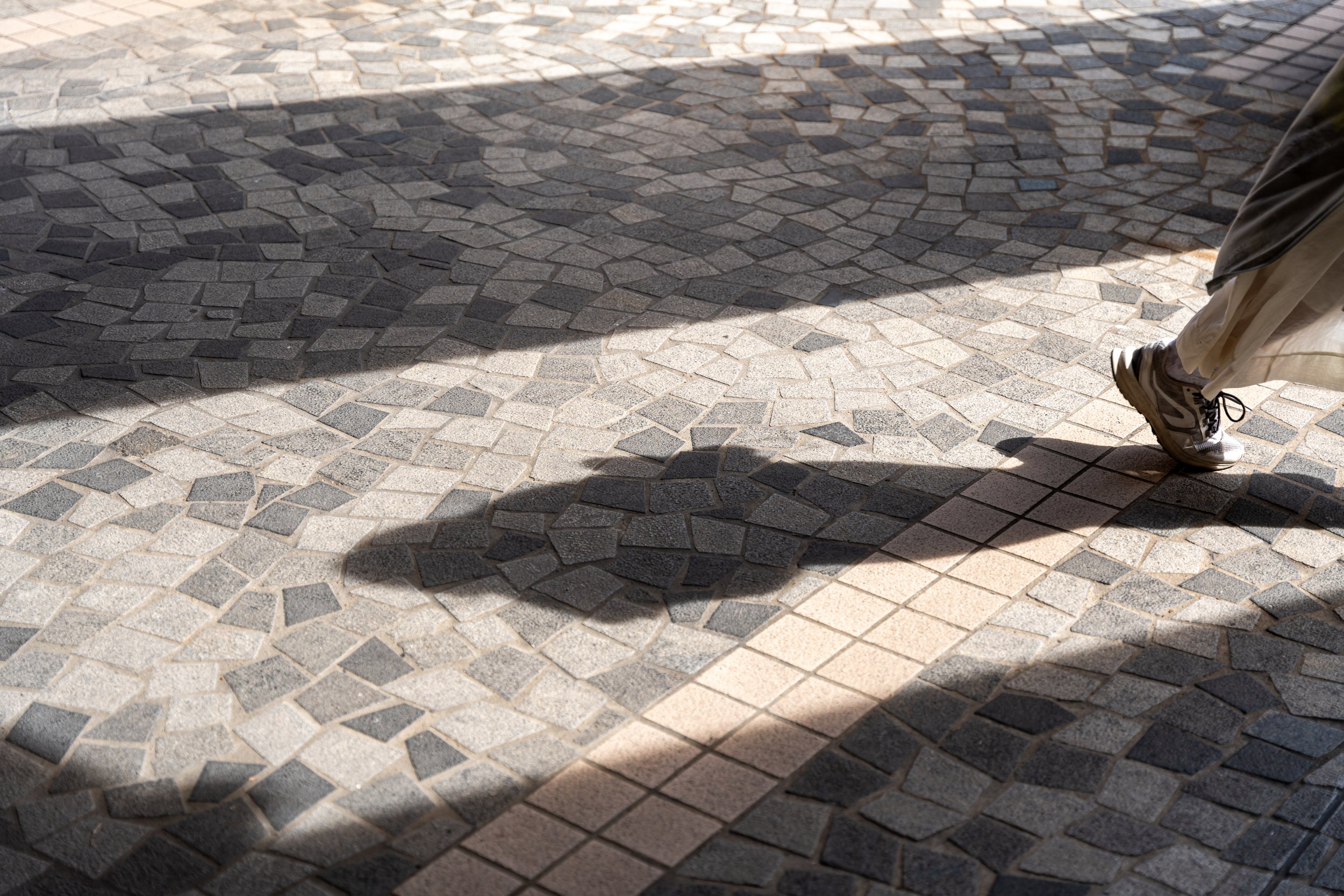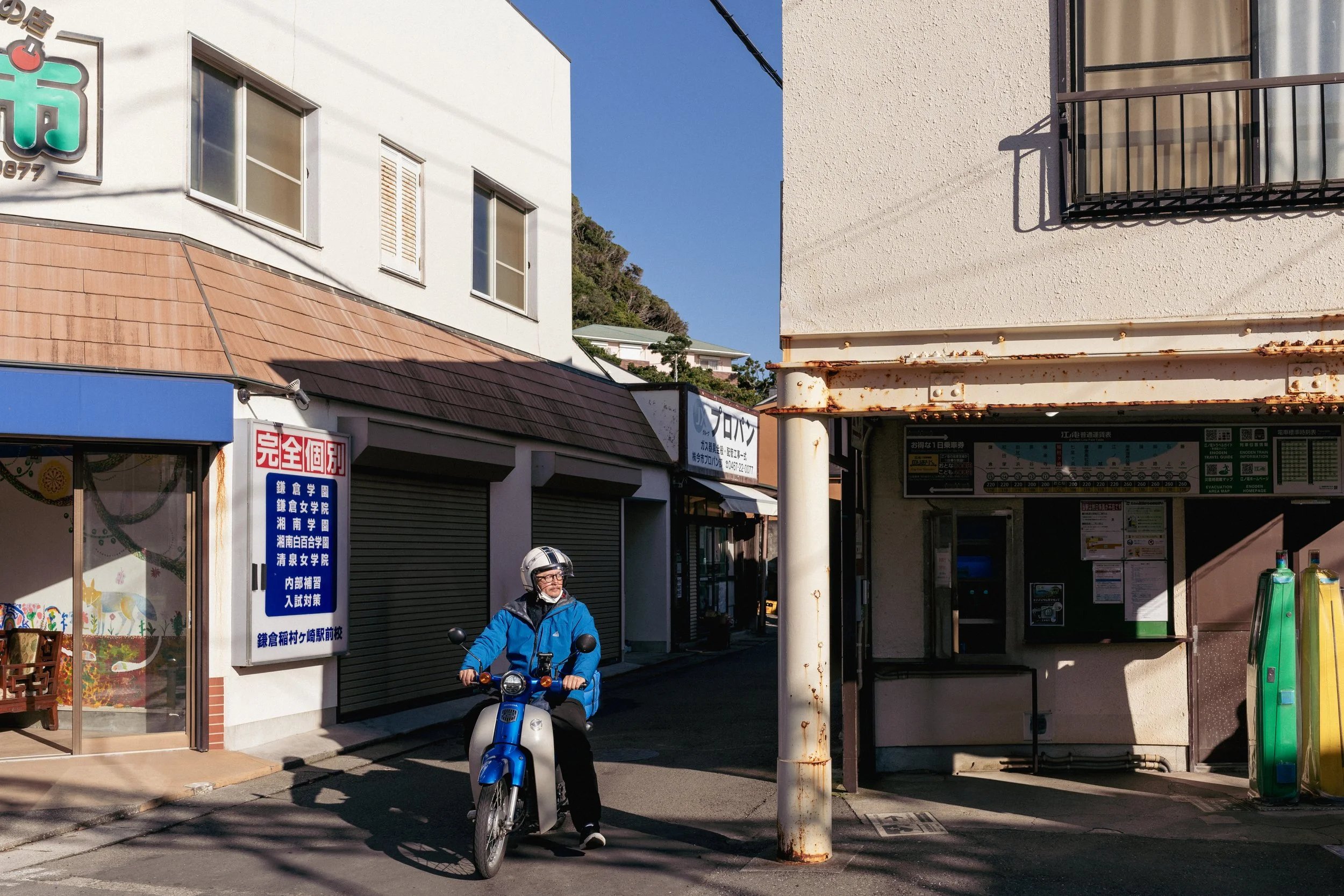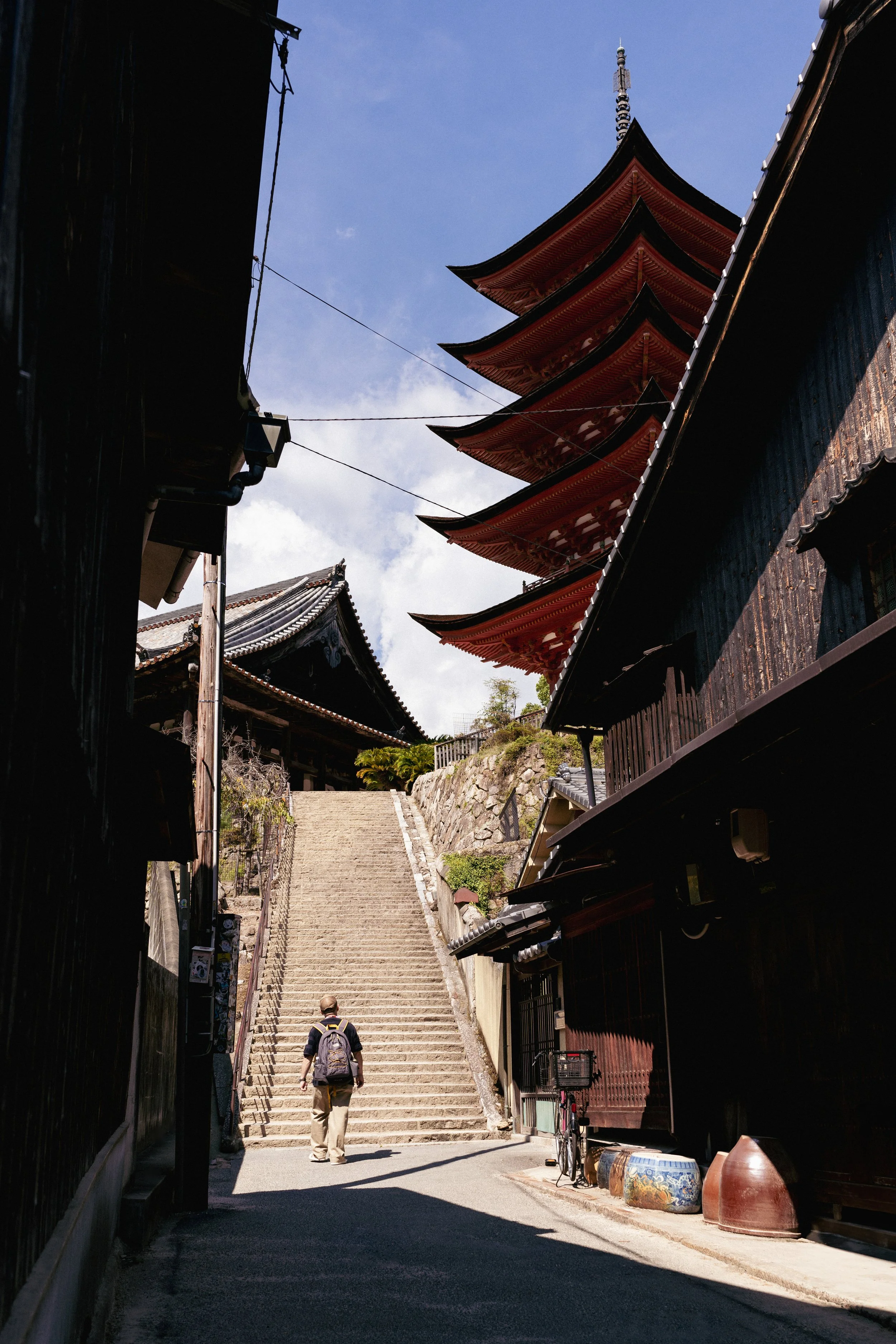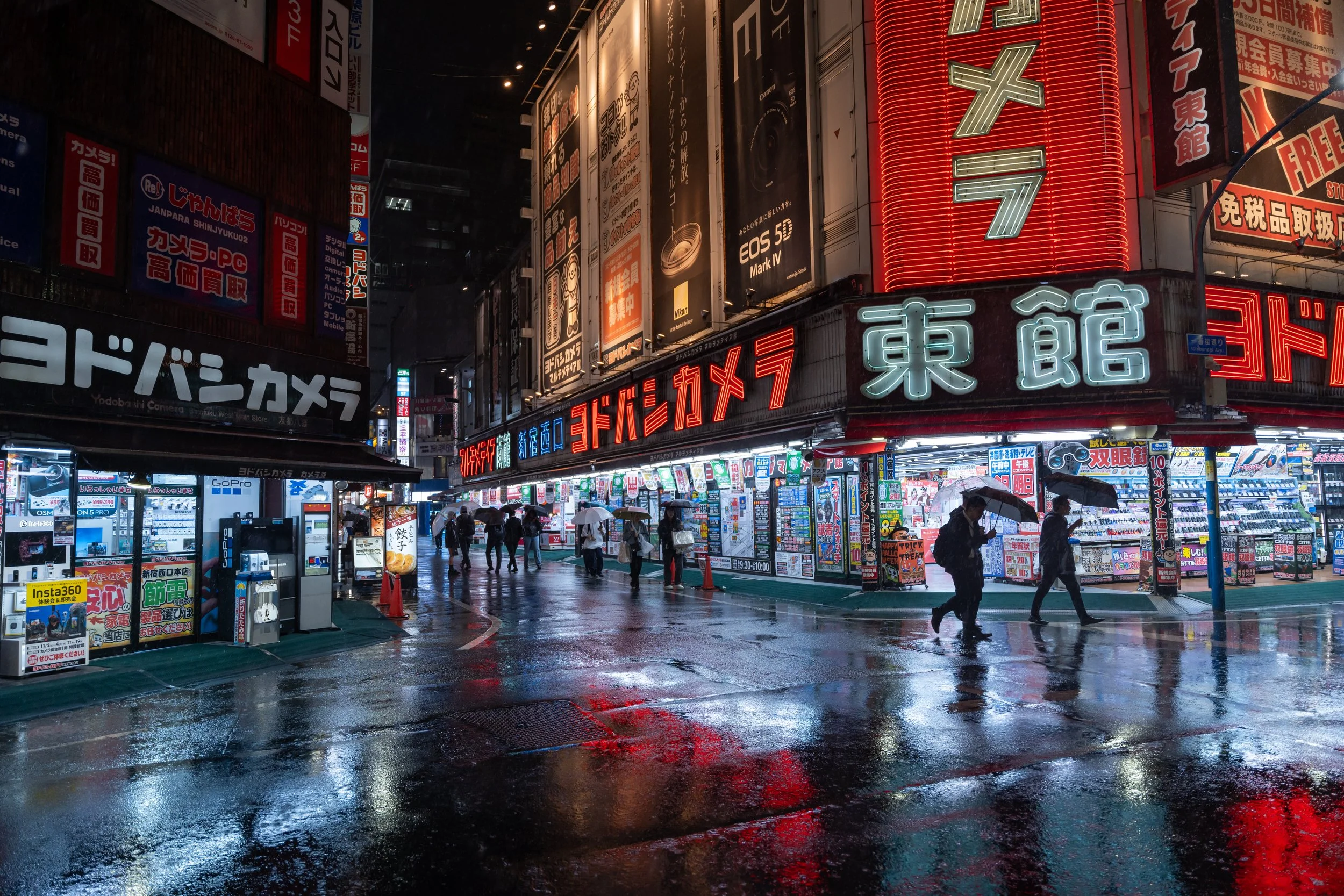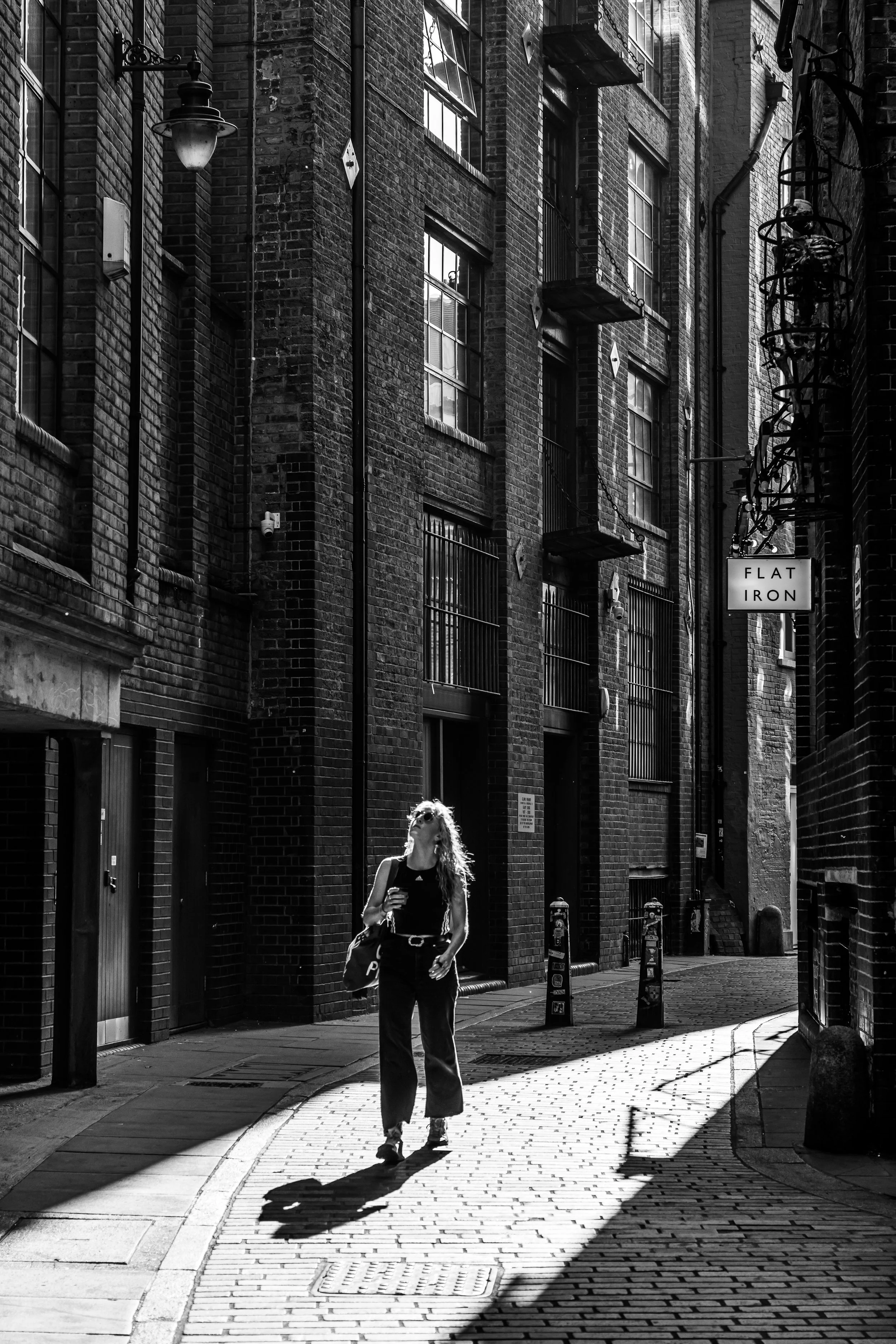How to Utilise Light within Your Photos
As a photographer, you’ll soon grow to realise that one of the main aspects of photography is light. Truth be told, it can create a huge impact and transform a scene in an instant.
In this blog I will be explaining how to best utilise light within your images.
Light forms can come in various ways, whether it be through sunshine and shadows, or neon signs and street lights glistening in the night sky, anything that provides adequate brightness to a location in the form of light can be used to your advantage.
In order to truly utilise light within an image, you will first need to learn and understand how it can impact and therefore affect the overall mood of an image.
This is because light helps to provide layers and depth to your imagery, thereby allowing the contrasts to blend and guide the viewer towards certain areas of an image. Whether it be backlighting or creeping in from the sides, naturally the highlights and shadows light creates give you a greater scale of dynamic range, therefore handing you with opportunities to display a wide array of moods and emotions to work with.
Natural Light
The first and most easiest way to incorporate light within your photos is through the use of natural light. By natural light, we are talking about sunshine and the shadows they create.
Although it is possible to shoot a scene with minimal sunshine, the levels of natural light through this source do essentially play their part. This is because the harsher the light is emulating from the Sun, the greater amount of contrasts they help to provide.
These contrasts provide correlation between the light and the shadows, and as a result of this they allow for an even and well blended end result within an image. In the two photos below, these show how light can be utilised as a tool to help enhance a certain area or subject within a scene.
By capturing a subject entering the light from the subsequent shadows and darkness, this helps to add whole new layers to your photos, and furthermore enabling a sense of storytelling to your imagery.
This next photo taken at Canary Wharf in London once again provides context in to how natural light can affect an image. In this example, the free-flowing light from above can be seen cascading into the darkness below, helping to completely transform and affect the mood and impact of the scene.
Artificial Light
At times you will find natural light sources will not be provided, and therefore it’s possible to enable the assistance of artificial light. The easiest example of this would be when you go from shooting during the day, to during the night.
Here is when you will need to get creative and search for areas where bright and/or neon lights for example are at a premium. Naturally, certain parts of the world such as Tokyo, Seoul and Hong Kong, or London and New York will provide you with a higher degree of opportunities to shoot within this type of environment.
As mentioned, the best aspect of artificial light is that it allows you to get creative with your imagery. Think of it as a moth drawn towards the light, as the shining lights in your images will act in the same way towards the viewer, drawing their instant attention to specific parts of a photo.
Contrasts still exist here, however they play a less significant role when shooting at this time of day, with the overall enhancement of colour and vibrant environments taking the focus on the centre stage. With a unique setting and a different array of subjects to focus on and shoot, photography at night can be a whole lot of fun to play around with.
As seen below, thinking outside the box and being creative can present you with a whole host of possibilities. For example, in this image the reflection of the neon lights above onto the passing water below helps to create a vibrant and colourful scene, transforming the image.
Black & White Imagery
As a technique to help enhance the look and overall feel of light of an image, the use of black & white imagery can be used to great effect. Here, contrasts play a major role in the mood and dynamic of a scene, creating tension and having a moving impact within a photo.
When utilised effectively, a black & white image can be seen as clean and clear cut to the viewer, clearly separating the light from the shadows. When shooting either in the day or night, once again the higher degree of light within the image, the more you can utilise the permitting highlights and shadows through the blend of contrasts.
Within these next two images below, they both provide examples of how light can be used in various ways, and furthermore enhanced through the use of black & white imagery.
The first image implores how the emulating light from above can pour into the open space and staircase below. However, in the second image the light is used in an opposite and more limiting effect, showing and slithering degree of light coming in through the window.
Through the use of contrast, these two images show how the highlights and shadows can both work together as a way to showcase the impact of light.
Once again, the next image below is a further example of how light can be used to isolate a subject and provide separation to a scene, all while creating clear contrasts through the use of black and white imagery.
Light can also be utilised to great effect within black & white imagery when shooting architecture.
The image below, taken in Okinawa, Japan, is an example of when the light creates interesting and dynamic shadows against the highlights within an image, enhancing the contrasting feel and look of the scene.


